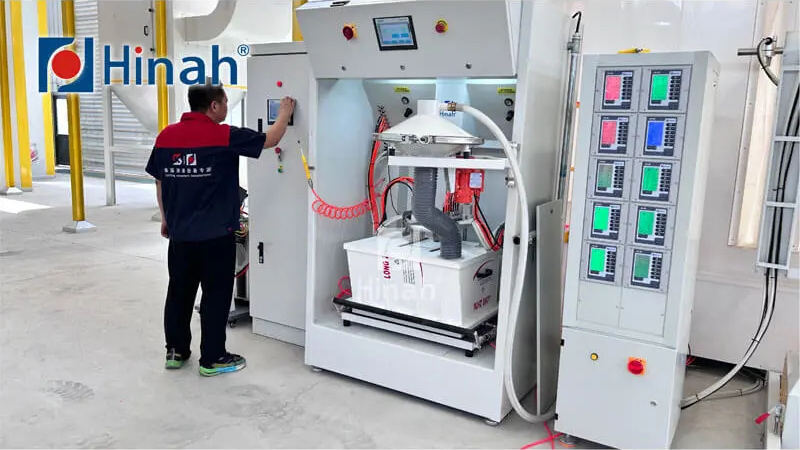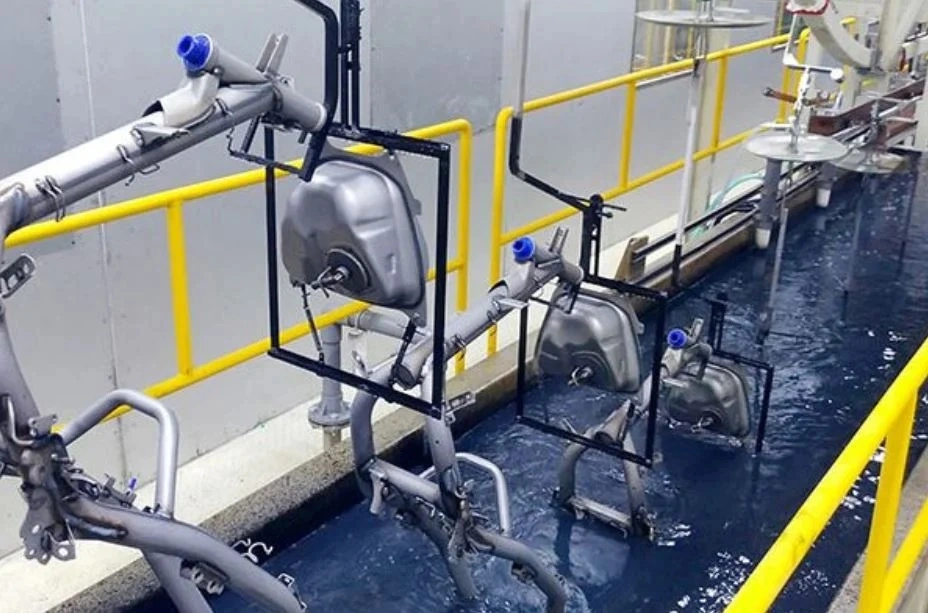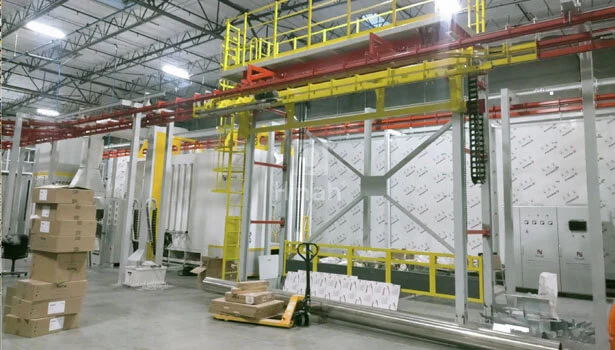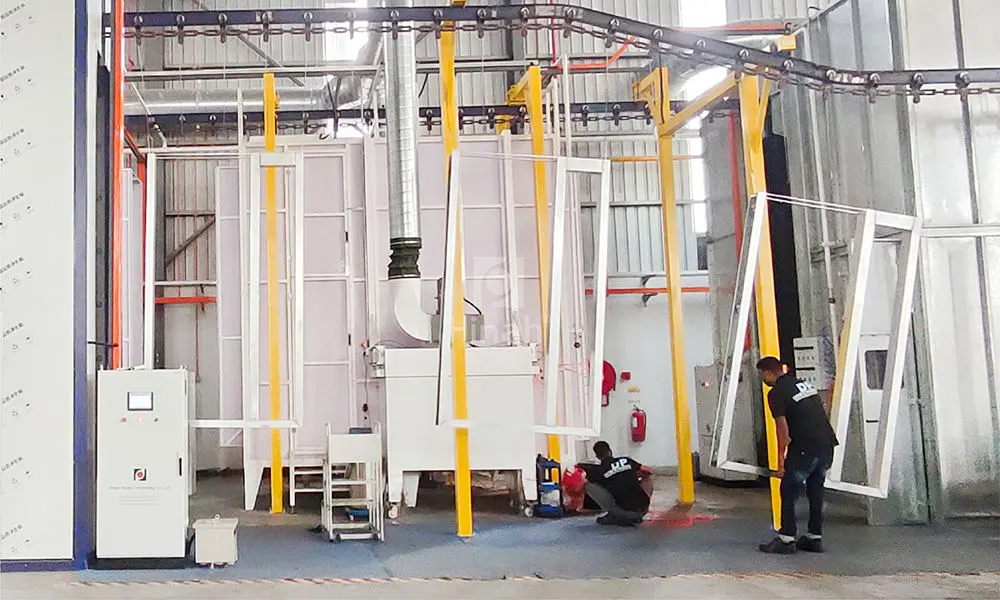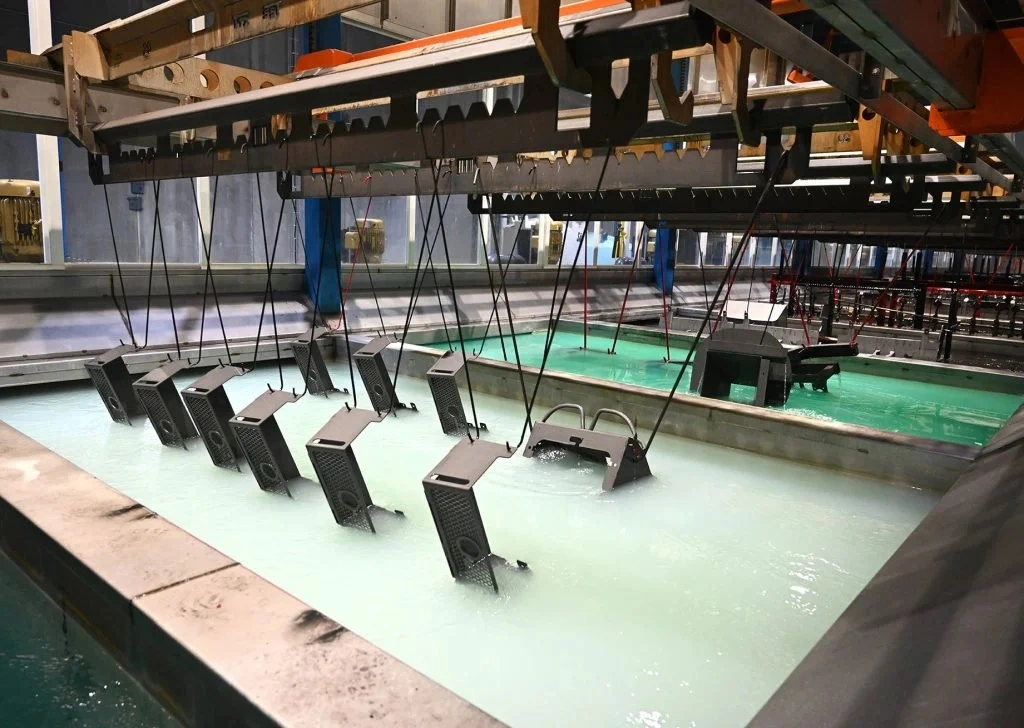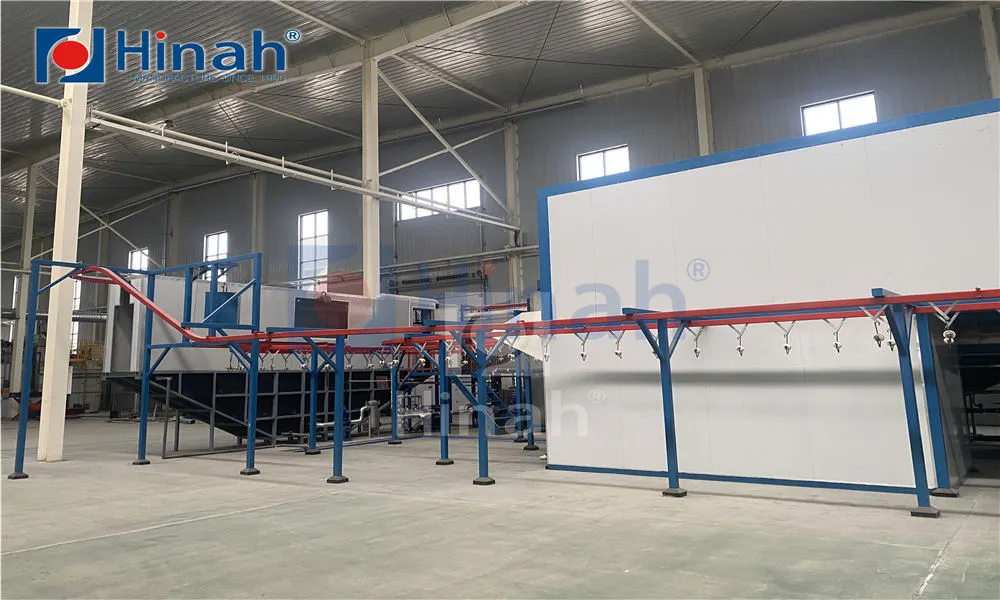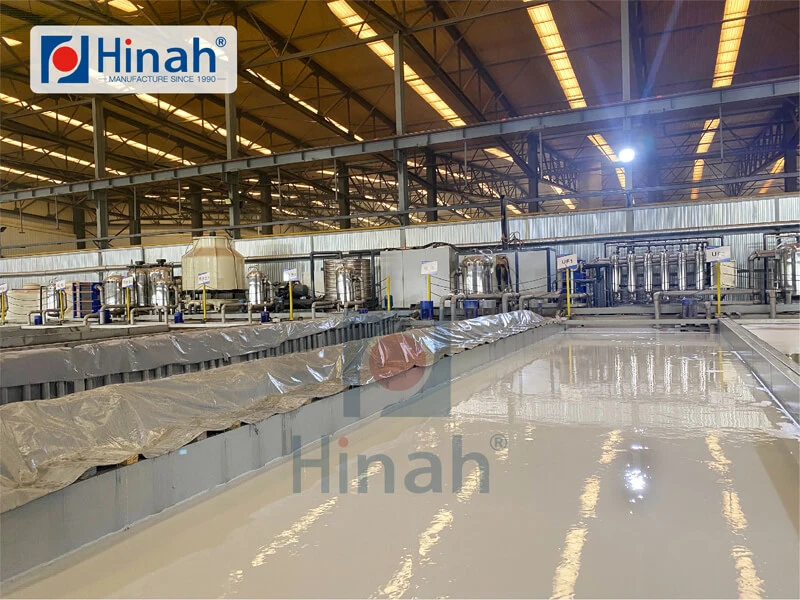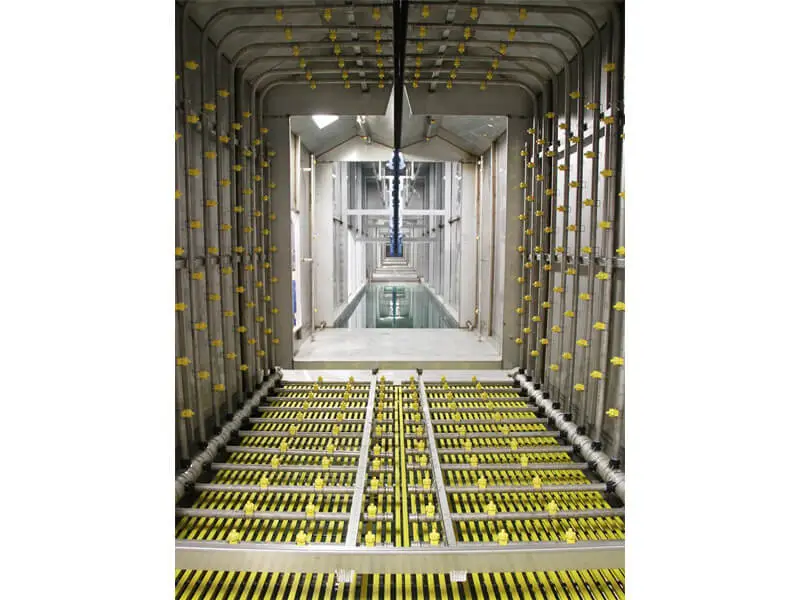If you're exploring the world of spray booth powder coating, you already know it's a superior finishing method. This process provides a durable, high-quality, and environmentally friendly coating for metal products. But the heart of this operation isn't just the powder itself; it's the environment where the magic happens. The efficiency of your entire powder coating line hinges on two critical components: the powder coating oven and spray booth working in perfect harmony.
This article dives deep into the essentials of a powder coating spray booth, covering design principles, equipment options, and the common pitfalls to avoid, whether you're looking at a powder coating spray booth for sale or considering building a powder coating spray booth yourself.
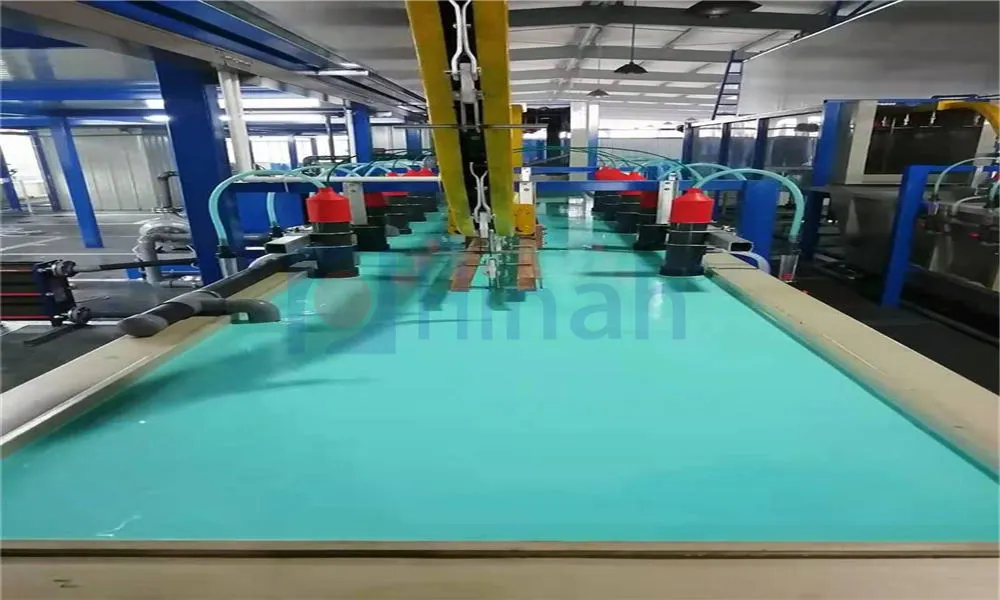
The Heart of the Operation: Powder Coating Oven and Spray Booth
A successful powder coating application requires a seamless workflow between the spray booth and the curing oven. Think of them as a single, integrated system.
The spray booth powder coating process begins in the booth. Here, electrostatically charged powder is applied to a grounded part. The booth's primary function is to contain the overspray—the powder that doesn't adhere to the part—and maintain a clean, controlled environment to prevent contaminants from ruining the finish. It uses a sophisticated airflow system to pull the overspray away from the operator and the part, directing it toward a collection system.
Once the part is coated, it is transferred to the powder coating oven. Here, the applied powder is heated to a specific temperature for a set amount of time. This process, called curing, causes the powder to melt, flow, and chemically cross-link to form a durable, smooth skin. The size and heating method of the oven must be matched to the size of the parts you're coating and the throughput of your spray booth powder coating operation. An undersized oven will become a production bottleneck, while an improperly designed booth will fail to contain overspray, leading to wasted material and a contaminated oven.
Key Elements of Effective Powder Coating Spray Booth Design
The powder coating spray booth design is not a one-size-fits-all affair. Its architecture dictates efficiency, safety, and finish quality. A well-designed booth maximizes powder transfer efficiency (getting more powder on the part) and minimizes maintenance downtime.
Critical design factors include:
Airflow and Ventilation: This is the most crucial aspect. The booth must create a consistent, laminar (smooth, non-turbulent) flow of air that carries overspray away from the application area and into the filters. Poor airflow can cause powder to escape the booth, settle on surfaces, or create a cloudy environment that leads to defective parts.
Construction Materials: Booths are typically constructed from coated steel, stainless steel, or durable plastics. The interior should be smooth and non-porous to prevent powder from sticking and to allow for easy cleaning. The choice of material often depends on the booth's size and the required durability for its environment.
Lighting: Excellent, shadow-free lighting is non-negotiable. Operators must clearly see the part to ensure even coverage and identify any potential flaws during application. LED lighting is now the standard for its bright, cool, and energy-efficient operation.
Size and Configuration: The booth must comfortably accommodate the largest parts you plan to coat, with enough room for the operator to move around them. Common configurations include open-face booths for smaller shops and drive-in/drive-through booths for coating very large objects like vehicles or industrial equipment.
Navigating the Market: Powder Coating Spray Booth for Sale
When you start looking for a powder coating spray booth for sale, you'll encounter a range of options from pre-fabricated models to custom-built solutions. Your choice will depend on your production volume, available space, and budget.
Pre-engineered booths are a great turnkey solution for many businesses. They come in standard sizes, are relatively easy to install, and are designed with proven airflow characteristics. For high-volume or specialized applications, a custom-designed booth might be necessary. These are built to your exact specifications but come with a higher price tag and longer lead time.
When evaluating any powder coating spray booth for sale, key considerations are the recovery system (cyclone or cartridge filter), the pump that powers it, and the overall build quality. Don't just look at the upfront cost; consider the long-term operational costs, including the price and availability of replacement powder coating spray booth filters.
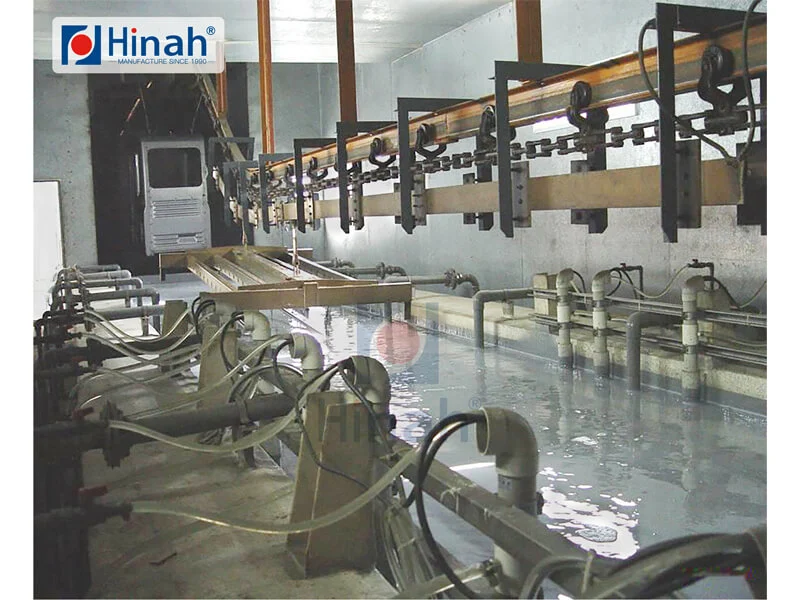
The Unsung Heroes: Powder Coating Spray Booth Filters
The filtration system is what separates a powder coating booth from a simple room with a fan. Powder coating spray booth filters are responsible for capturing over 99% of the overspray powder, allowing clean air to be exhausted from the booth and enabling the reclaiming of valuable powder for reuse.
There are two main types of recovery systems:
Cartridge Filter Systems: These are the most common in modern booths. They use pleated cartridge filters that provide a massive surface area for powder collection. A reverse-pulse cleaning mechanism periodically shocks the cartridges, causing the accumulated powder to fall into a collection hopper below. These systems are highly efficient and excellent for reclaiming powder.
Cyclone Recovery Systems: These systems use centrifugal force to separate the heavier powder particles from the air stream. They are very durable and have lower maintenance costs than cartridges, as there are no filters to replace. However, their recovery efficiency is generally slightly lower than that of a well-maintained cartridge system.
Regular maintenance of your powder coating spray booth filters is essential. Clogged or damaged filters will restrict airflow, crippling the booth's performance, increasing powder consumption, and creating a mess.
Space-Saving Solutions: The Small Powder Coating Spray Booth
Not every operation needs an industrial-sized setup. For hobbyists, custom fabricators, or shops with limited space, a small powder coating spray booth is the perfect entry point. These compact units are designed to handle smaller parts like automotive wheels, bicycle frames, or hardware.
A benchtop or standalone small powder coating spray booth incorporates all the essential features of its larger counterparts—proper airflow, lighting, and filtration—but in a footprint that might fit in a garage or a corner of a workshop. They are typically more affordable and operate on standard 110V or 220V power, making them accessible for low-volume users. When shopping for a small powder coating spray booth, ensure it has a adequately powered fan and a quality filter system to protect your workspace.
The DIY Route: Building a Powder Coating Spray Booth
For the hands-on individual, building a powder coating spray booth can be a rewarding project that saves significant money. However, it's a venture that requires careful planning and a solid understanding of the principles of airflow and electrical safety.
A successful DIY booth must be:
Properly Sized: Designed for the largest object you intend to coat.
Well-Sealed: All seams should be sealed to prevent powder leaks into your workspace.
Safely Powered: The extraction fan motor must be externally mounted and intrinsically safe to prevent ignition of powder dust, which can be combustible. This is a critical safety point that should not be underestimated.
Equipped with Correct Filtration: Using the right powder coating spray booth filters is not an area to cut corners. A homemade cyclone or a proper cartridge system is necessary for both powder recovery and operator safety.
While building a powder coating spray booth is possible, it's crucial to prioritize function and safety over cost savings. A poorly built booth can be inefficient, messy, and potentially hazardous.
Common Problems and Solutions in Spray Booth Powder Coating
Even with the best equipment, issues can arise. Here are some common problems linked to the spray booth and oven:
Poor Powder Coverage or Orange Peel: This is often a curing issue related to the oven. Inconsistent temperature, incorrect cure time, or a cold spot in the oven can prevent the powder from flowing correctly. Verify oven temperature with an accurate thermometer.
Powder Blow-Off: If powder seems to blow off the part before it even gets to the oven, the electrostatic charge from your gun may be incorrect, or the booth's airflow could be too high, disrupting the application.
Contamination in the Finish: Dirt, dust, or oils embedded in the finish usually point to inadequate part cleaning pre-application. However, it can also be caused by a dirty booth or oven. If contaminants are being pulled from the booth environment, check and replace your powder coating spray booth filters.
Low Transfer Efficiency: Excessive overspray wastes money. This can be caused by incorrect gun settings, improper grounding of the part, or a faulty booth airflow pattern that doesn't effectively pull overspray away from the part.
Frequent Filter Changes: If your filters are clogging too quickly, the airflow might be set too low, causing powder to settle heavily in one area instead of being drawn through the system. Ensure your fan is powerful enough for the booth's size.
Investing in a well-designed spray booth powder coating system, understanding its components—from the powder coating oven and spray booth relationship to the critical role of powder coating spray booth filters—and performing regular maintenance are the keys to achieving a flawless, profitable finish every time. Whether you buy a pre-made powder coating spray booth for sale or embark on building a powder coating spray booth, prioritizing proper design will pay dividends for years to come.


